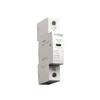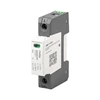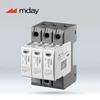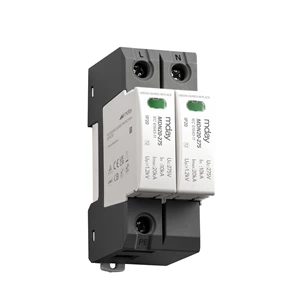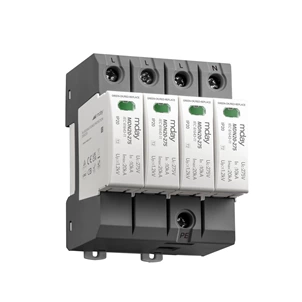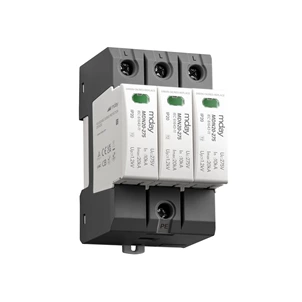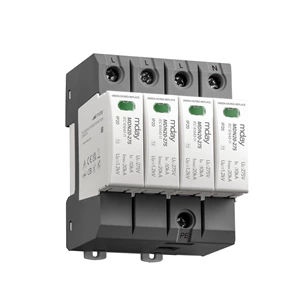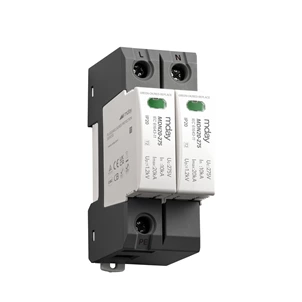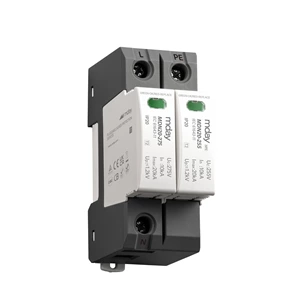Introduction To Varistor Components Of Surge Protectors
The surge protective device varistor element is a metal oxide semiconductor nonlinear resistor primarily composed of ZnO. When the voltage across it reaches a certain value, the resistor becomes highly sensitive to voltage. Its operating principle is similar to the series-parallel connection of multiple semiconductor P-N resistors. Characteristics of varistors include excellent nonlinear characteristics (nonlinear coefficient α in I = CUα), high current capacity (~2 kA/cm²), low normal leakage current (10-7 to 10-6 A), low residual voltage (depending on the varistor's operating voltage and current capacity), fast response time to transient overvoltage (~10-8 seconds), and no follow current.
The technical parameters of the surge protector varistor include: varistor voltage (i.e., switching voltage) UN, reference voltage Ulma; residual voltage Ures; residual voltage ratio K (K = Ures/UN); maximum current capacity Imax; leakage current; and response time.
The operating conditions for a surge protection device varistor are: Varistor voltage: UN ≥ [(√2×1.2)/0.7]U0 (U0 is the rated voltage of the power supply).
Minimum reference voltage: Ulma ≥ (1.8-2)Uac (for DC operation).
Ulma ≥ (2.2-2.5)Uac (for AC operation, where Uac is the AC operating voltage).
The maximum reference voltage of the varistor should be determined by the withstand voltage of the electronic device being protected. The residual voltage of the varistor should be lower than the loss voltage level of the protected electronic device, i.e., (Ulma)max ≤ Ub/K, where K is the residual voltage ratio and Ub is the loss voltage of the protected device.



